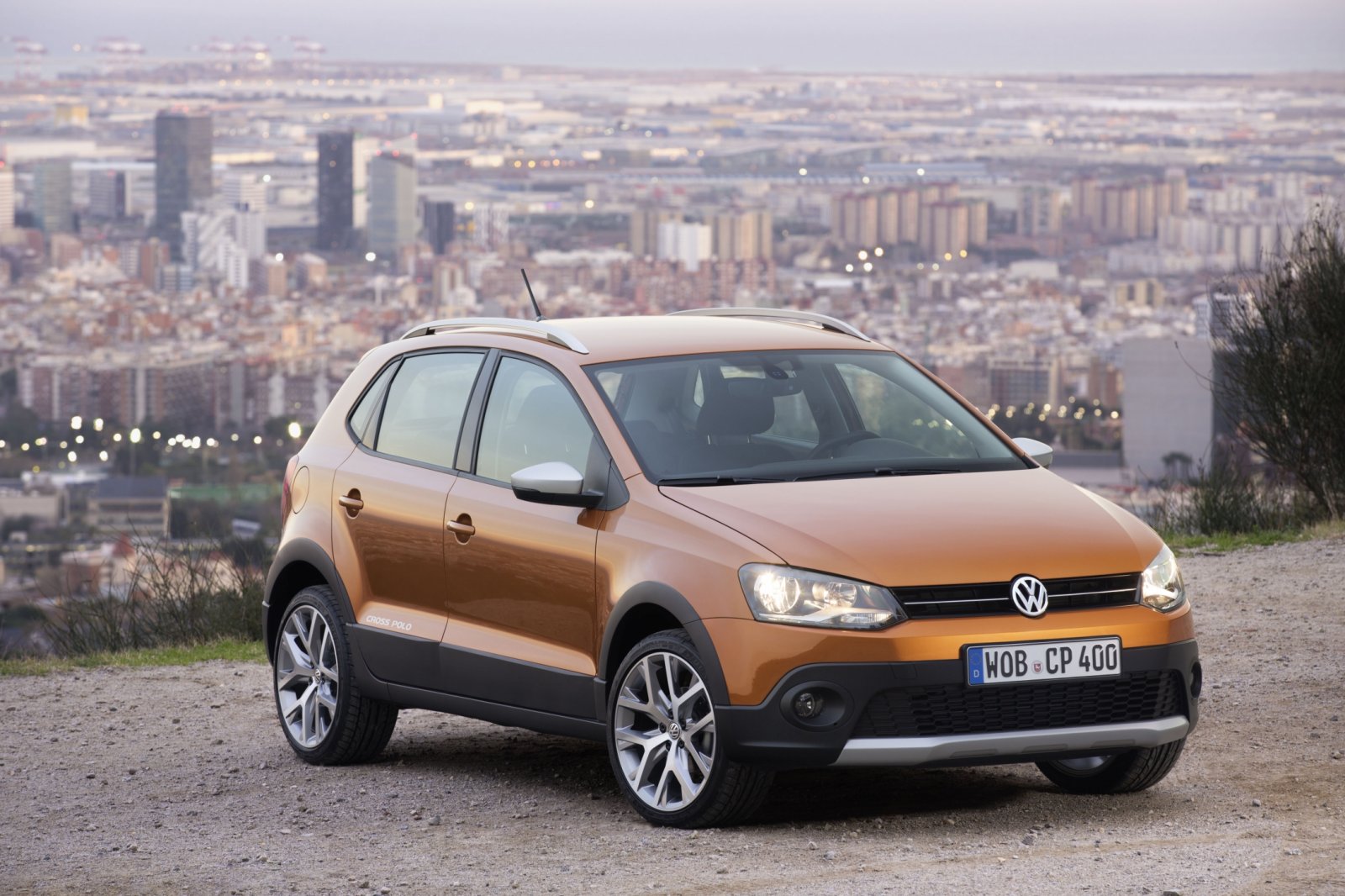Following the post Engine Management in F1 and Mercedes new about achieve more 50% efficiency in F1 engine, I want show my opinion about this milestone.
In this post I suppose that we know how works the ICE (Internal Combustión Engine) with its four times
In a ICE with turbo compressor, the compressor increase the pressure into the combustión chamber in inlet time.
The turbo is designing to increase the ICE power, but in the case in F1 this is linked to MGU-H, and this is a electric engine, one point to remenber into de turbo is that rpm is "proportional" to inlet pressure.
In several webs show the MGU-H like one system to mitigate turbo compressor behaviour that it is knew like Lag turbo.
One summary about lag turbo is, when engine works low load, the rpm in turbo and compressor is low because dont need more pressure to provide power.
But when we need power, engine pressure is low and we need increase this pressure with increase rpm in compressor, and this lag is the time that turbo exchange exhaust pressure in rpm. This rpm depend to pressure in exhaust gases, and when we have low pressure inlet ICE, we have low pressure in exhaust (less air to burn less exhaust gases). Therefore we need to reach the rpm to increase the pressure in the compressor and this increases pressure in the exhaust, and this effect have a feedback, but this feedback have a lag time that it is measure in seconds (depend of the turbocompressor size).
Therefore in the F1, the MGU-H increases turbo compressor rpm with electric engine, and it doesn't have lag time.
Therefore in the F1, the MGU-H increases turbo compressor rpm with electric engine, and it doesn't have lag time.
Another effect that it is not explaining,it is works like electric generator too, if you keep turbo compressor rpm, although exhaust gases pressure try to increase this rpm, meanwhile extract electric energy.
Turbo shaft engine
Turbo shaft engine is one engine that use the same principle that ICE with turbo compressor, but the the power is not in the crankshaft, the power is transmitted to turboshaft (turbo compressor shaft)
This engines is used in airplanes and helicopters because the ratio weight/power is very low, and they are small.
For example the TPE331, is a small engine, like motorbike engine, and reach between 700 and 1000 HP, like a F1 Power Unit, and normally turboshaft have more efficiency that ICE.
This version is more complicate and provide 1600HP with less maintenance
In this video we can see the size of TPE331
In this video we can see the size of TPE331
Turbo shaft in Formula 1
We can see the big reduction gearbox in turboshaft engine due to the rpm in shaft is very high, but in the MGU-H don't need the gearbox because we could design the electric generator to work at those rpm.
With the same principle, we could use the turbo compressor into the engine, an then like I exposed in the Engine Management in F1 , this power could be send to batteries or MGU-K.
The relationship between MGU-H and MGU-K is the same behaviour tan gearbox in the turboshaft,but electrical relationship, therefore we could a mix engine Turbo compressor ICE and Turboshaft engine, and this relation doesn't be limited by energy regulation in Formula 1 (4MJ per lap).
How history we could to see the Chrysler Turbine have a car with Turboshaft like engine, and the problema was:
- Maintenance, this engine works to high rpm and increase material wear, (remember this design in 1960 and they didnt have to current materials and the quality manufacture that we have today)
- Consumption, this engine dont have Start-Stop and to máximum power have a great efficiency, in idle or mid load the consumption is high if we compare with ICE engines.
- Overheat, extract the heat is one problem in this engines, now we have studies with the simulations, and could be resolve this problem with low speed air to cool if we compare against airplane or helicopter.
- Rpm range to use the engine with best behaviour is smaller than a ICE.
- Noise, all people that live near of airport could be explain this inconvenence.



























